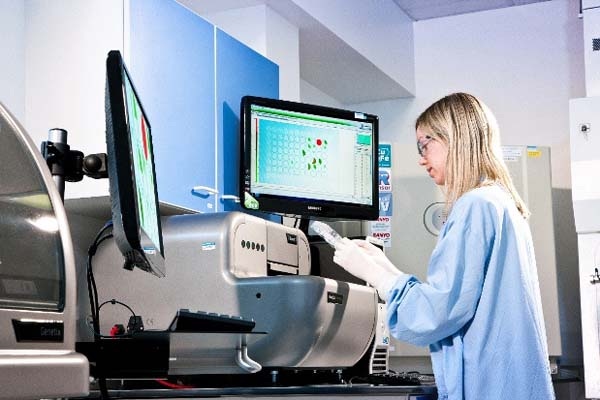- Sponsored Content
- Upstream & Downstream Processing
Applying Disruptive Technologies in Mammalian Cell Line Development
December 1, 2013

Sponsored by Fujifilm Diosynth Biotechnology
Recombinant monoclonal antibodies (MAbs) maintain their ranking as the best-selling class of biologic drugs. The introduction of high titer bioprocessing for the majority of these MAb products has focused efforts towards maintaining desired quality attributes and reducing time to market. Furthermore, patents covering several blockbuster MAbs and the expression technologies, which facilitate their high-level expression, are due to expire over the next decade. A wave of second generation or “follow-on” biopharmaceuticals/bioprocesses will therefore be vying for market share and regulatory approval. Consequently, should biopharmaceutical manufacturing companies rely on traditional “platform” methods of cell line development (CLD), which are well known but yield extensive variation and unpredictable stability of expression, or invest in emerging technologies, which offer the potential of greater reproducibility and speed? Enabling technologies in this area include host cell engineering, engineered expression vectors, and rapid transient gene expression. Given the well-known mantra “the product is the process”, implementation of these disruptive technologies will require a thorough understanding of how changes at the CLD-phase affect key production process characteristics such as high cell-specific productivity, correct product processing and rapid cell proliferation. Traditionally, CLD optimisation is carried out using a lengthy trial-and-error approach where cells are treated as a “black box” and characteristics are iteratively improved. Further advancement in CLD is therefore likely to benefit from the tools of systems biology. These tools will ensure that future CLD manipulations will be informed by an understanding of the genetic, regulatory, and metabolic networks that determine key process characteristics during a production process.
About the Author(s)
You May Also Like





